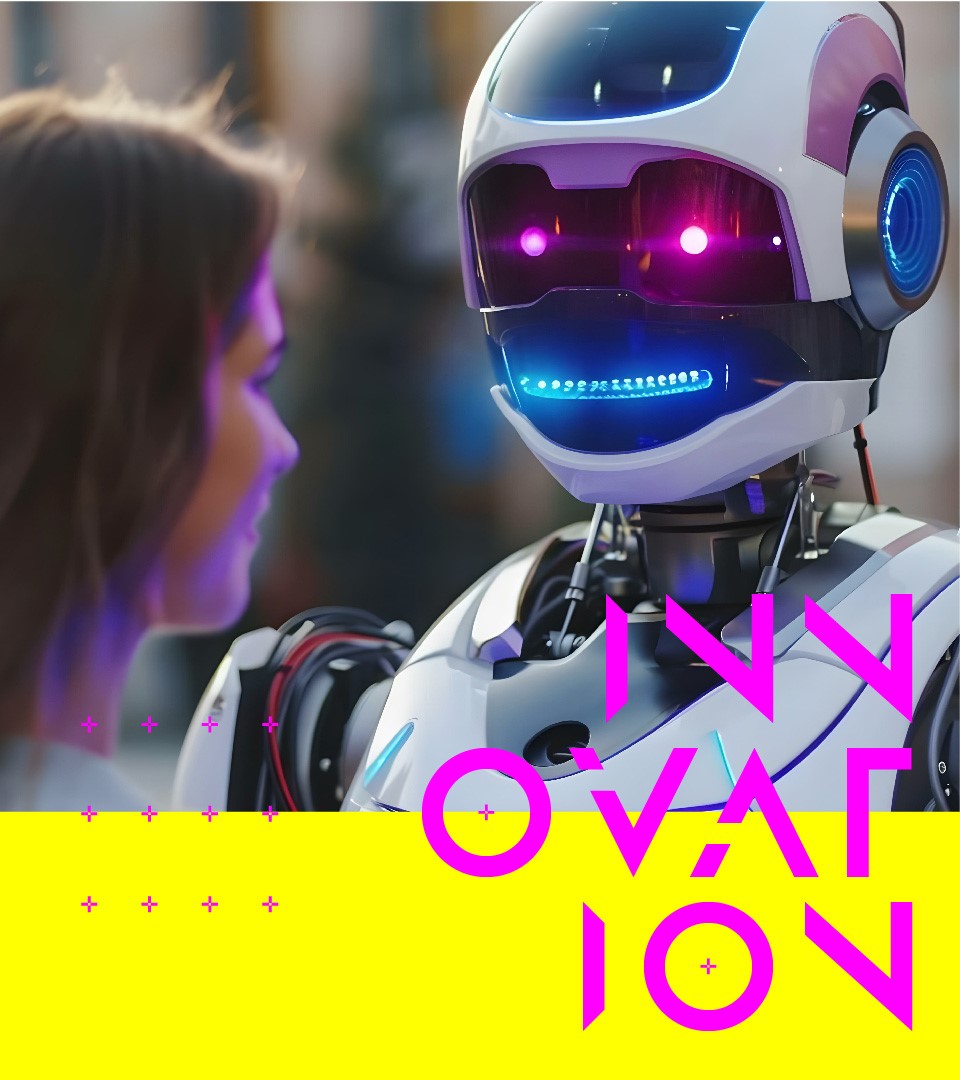How AI & Automation are Revolutionising Internal Communications
AI and Employee Experience
In the digital age, effective internal communication is crucial for organisational success. With the rise of AI and automation, businesses are now better equipped to streamline and enhance their internal communication strategies. Here’s how these technologies are transforming the landscape:
1. PERSONALISED COMMUNICATION
AI-powered tools can analyse employee data to deliver personalised messages that cater to individual needs and preferences. This targeted approach ensures that employees receive relevant information, which can boost things such as engagement and reduce information overload. For instance, AI can customise newsletters or updates based on an employee's role, interests, or previous interactions.
2. IMPROVED EFFICIENCY
Automation significantly reduces the time and effort required to share information across an organisation. Routine tasks such as scheduling meetings, sending reminders, or distributing reports can be automated, which frees up valuable time for employees to focus on other strategic activities. This efficiency not only saves time but also minimises the risk of human error.
3. ENHANCED COLLABORATION
AI-driven collaboration tools facilitate seamless communication among team members, regardless of their geographical location. Features like real-time translation, speech-to-text, and intelligent meeting scheduling ensure that all employees are on the same page, fostering a more inclusive and collaborative work environment. Tools like Microsoft Teams and Slack, integrated with AI, enhance these capabilities. The use of AI in collaborative environments improves effectiveness, productivity and efficiency.
4. INTELLIGENT INSIGHTS AND ANALYTICS
AI provides valuable insights by analysing communication patterns and feedback. This data can help identify potential issues, measure engagement levels, and understand employee sentiment. For example, sentiment analysis tools can gauge the overall mood of the organisation by analysing communications, helping leaders make informed decisions to improve morale and productivity. Furthermore, the increased use of predictive analytics can allow you to fill in gaps and forecast results ahead of time.
5. STREAMLINED ONBOARDING AND TRAINING
Automation can transform the onboarding and training process by delivering personalised learning paths and resources. AI can track an employee’s progress and provide timely recommendations, ensuring that new hires receive the support they need to get up to speed quickly. Chatbots and virtual assistants can also answer common questions, providing instant support and reducing the workload on HR teams.
6. ENHANCED EMPLOYEE EXPERIENCE
AI virtual assistants and chatbots can handle a variety of tasks, from answering FAQs to assisting with IT support, making it easier for employees to find the information they need quickly. This improves the overall employee experience by providing quick support and reducing frustration.
EMBRACING AI AND AUTOMATION
The integration of AI and automation in internal communications is not just a trend but a necessity for modern companies. By personalising communication, improving efficiency, enhancing collaboration, and providing valuable insights, these AI tools are reshaping the way businesses operate internally.
Embracing AI and automation technologies can lead to a more connected, productive, and satisfied workforce, ultimately driving organisational success.
For businesses looking to stay competitive and foster a positive work environment, investing in AI and automation for internal communications is a step in the right direction.

